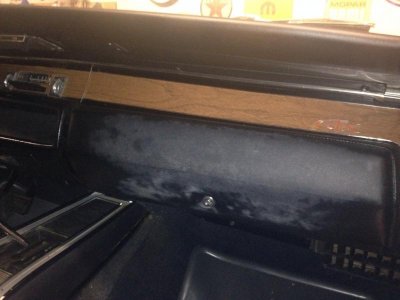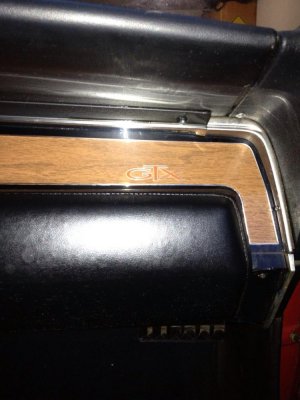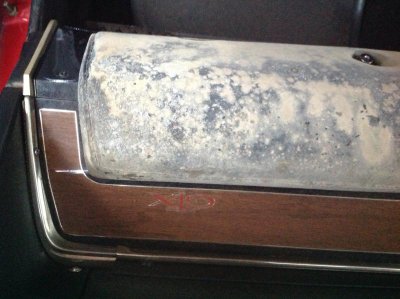Team,
This is a process that some pro's tried on a few seriously contaminated cars:
1. Dry your vinyl seats. If the seats are permanently installed inside a vehicle, dry them with a blow dryer or a powerful electric heater. If you can move the vinyl seats, move them into the sunlight to dry. Proceed after you have successfully removed all moisture from your vinyl.
2. Vacuum your vinyl seats. This will remove the dried mold spores and dirt from your vinyl. Use a thin extension to reach the finest crevices in your vinyl seats, and the immediately take the vacuum outside. Wash out the filter or remove the vacuum bag at once.
3. Spot treat your vinyl seats with rubbing alcohol. Dampen a sponge with the alcohol and dab the areas lightly wherever mildew occurs. First, test the rubbing alcohol on an inconspicuous area of the seat. Rubbing alcohol is safe for vinyl, but some dyes are sensitive to it. If any discoloration occurs, dilute the alcohol with equal parts water or substitute a more color-safe mildew-killing solution like white vinegar.
4. Dab the vinyl again with a water-dampened cloth to rinse it. Never pour any liquid directly onto your vinyl seats, as the excess moisture can make mildew worse. Use as little moisture as possible to disinfect the area.
5. Dry your vinyl seats again with heat. Failure to do so may result in a recurrence of mildew, which favors moist surfaces.
6. Observe your vinyl seats in the days and weeks following your treatment. If mildew returns, this likely indicates that you have spores growing deep within the porous surface and you will have to replace the vinyl.







![image[5].jpg image[5].jpg](https://www.forbbodiesonly.com/moparforum/data/attachments/117/117755-4afa784bd65a50f8dd4abf4934f8de1b.jpg)















